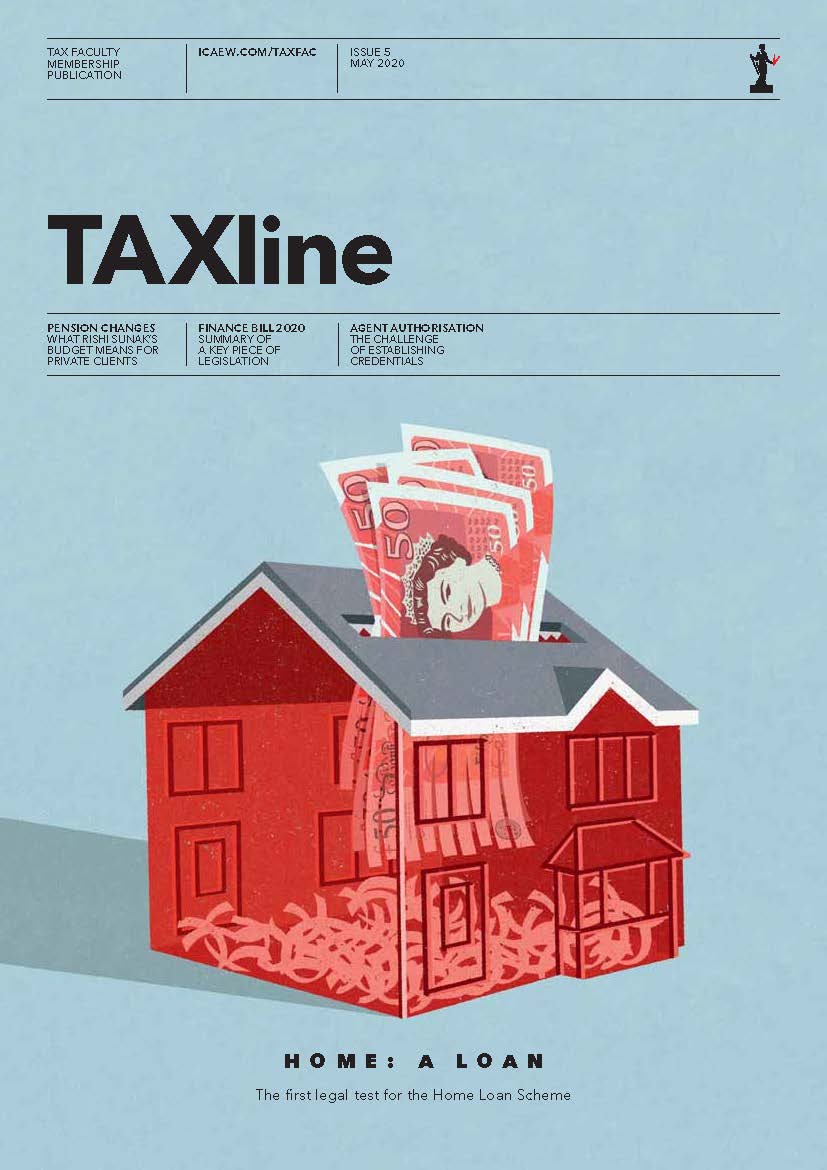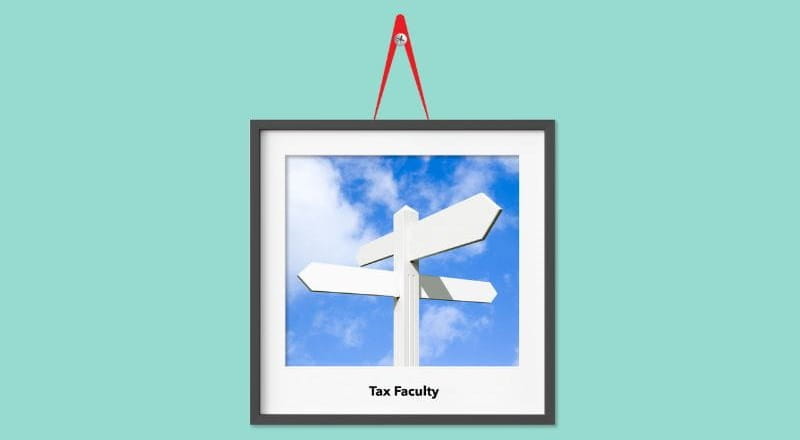ICAEW’s Tax Faculty wants to get your thoughts on the top priorities for the development of HMRC’s digital services.
HMRC is seeking to promote a channel shift, away from phone and post to digital services. Most agents would prefer to interact digitally with HMRC, but agents do not have access to all the services available to taxpayers. ICAEW and others have pointed out that HMRC’s services are not comprehensive and do not always work well.
HMRC’s research with agents suggests that the top priorities should be:
- having a single sign on portal;
- greater access to client data; and
- having a secure email link to communicate with HMRC.
Having a single sign on portal
HMRC’s services for tax agents are currently available through two different agent accounts – the older online services for agents account and the newer agent services account (ASA). This makes for a very disjointed experience for agents.
As HMRC develops new services, these will be provided through the ASA. HMRC expects to move more services to the ASA as they are replaced or moved from legacy to newer systems. However, this is likely to take many years to achieve unless HMRC can somehow find a workaround to make all agent services – including those on legacy systems – available through the ASA. HMRC’s aim is a single agent portal, but there is no delivery timetable.
What may come sooner is a change to the different ways in which clients authorise agents (64-8, online agent authorisation, digital handshake, etc). Changes that improve these processes would be welcome. However, they need to accommodate clients that cannot, or do not wish to, engage digitally with HMRC.
There may be changes to how agents register with HMRC. The current registration processes – at least for self assessment and corporation tax – are manual. The work is done by HMRC’s agent maintainer team that can only be contacted by writing. There is significant scope for digitalising and rationalising the agent registration processes.
Greater access to client data
HMRC needs to turn its stated strategy – to allow agents to see and do everything that their clients can see and do – into reality. However, there are some problems and limitations to this.
For example, banking regulations allow only bank signatories to set up or amend direct debit mandates. This is why the new digital time to pay services for self assessment, VAT, and employer PAYE are not available to agents.
Certain transactions such as changing email addresses or authorising agents will always need to be done by the taxpayer.
No digital service available
In some cases, no digital service is available to either taxpayers or agents. The most notable example is inheritance tax (IHT). A digital service covering all IHT forms would be welcomed, particularly by agents who carry out a lot of IHT work. However, this is perhaps a lower priority than taxes with a higher volume of and more frequent transactions.
An area where the lack of a digital service is currently causing frustration is paying voluntary class 3 national insurance contributions (NIC). Details of NIC history and gaps in contributions are available in the personal tax account (PTA), but payment references can only be obtained by phone. HMRC and the Department for Work and Pensions expect to develop a fully digital service – perhaps even by the end of 2023.
Other gaps in digital services include:
- access to construction industry data at sub-contractor level;
- submit a CT61;
- request that a self assessment tax return be withdrawn.
Digital services that are not available to agents
Agents do not have access to all the digital services in clients’ PTAs. This includes:
- view and check employment pay and tax details (some access is provided by the self assessment pre-population service and income record viewer, but these services have significant flaws);
- check and update tax codes (limited view only access is provided by income record viewer and for clients in self assessment. The service available to taxpayers in the PTA has considerable cope for improvement. There is an outdated online form available to agents, but it is not promoted and does not seem to work well);
- claim a tax refund (forms R40, P85, P87, various versions of R50, R53, R55);
- check NIC history and state pension forecasts;
- track forms submitted online;
- submit, check, or update marriage allowance claims;
- tell HMRC about a change of address;
- check or update taxable benefits provided by employers.
Other digital services available to taxpayers, but not to agents, include:
- appeal self assessment penalties;
- make a complaint;
- PA 302 simple assessments and P800 PAYE tax calculations (the taxpayer service is not fully developed);
- registering for certain taxes including registering a partnership and partners for self assessment, plastic packaging tax, employment related securities schemes, and others;
- real-time reporting of capital gains (other than the capital gains tax (CGT) on UK residential property service);
- reclaim tax paid by close companies on loans to participators (L2P);
- apply to payroll benefits and expenses (It was announced at Spring Budget 2023 that agents will be able to access this service in the future).
Does HMRC have plans to develop these digital services?
HMRC is very interested in rolling out digital services to address its customer service problems. The extent to which it can obtain additional funding from government, or use current resources to deal with the gaps identified above is unclear.
Developments in income tax services are most likely. This would be under the banner of the tax administration framework review and in response to the Discussion document: Simplifying and modernising HMRC’s Income Tax services through the tax administration framework.
In some cases, HMRC is constrained by its legacy systems which make the work much more difficult than might be expected. Security concerns are also an issue. Digital services for agents are often dependent on coherent and robust processes for agent registration, authentication, and authorisation.
Secure email
The benefits of having a secure email facility to send documents to HMRC are obvious but security considerations are key. It would also need to allow documents to be sent in both directions. Agents posting correspondence to HMRC could become a thing of the past.
Due to the security considerations, a secure portal for exchanging documents with HMRC may be a more likely solution. A messaging facility may feature in the single customer account and/or ASA in due course.
Any plans that HMRC might have are at a very early stage.
Problems with existing services
Space does not permit an explanation of the many and varied problems with existing digital services.
Many of these problems are due to HMRC’s underlying systems not interacting. Examples include:
- CGT PPD service for reporting capital gains on UK residential property does not interact properly with self assessment;
- the national insurance and PAYE service (NPS) does not interlink with the self assessment system CESA. This results in problems such as duplicate (but different) income tax calculations from both systems and problems with class 2 NIC not being charged.
In other cases, the digital services simply need improvement and investment. Examples include the CGT PPD service, the trust registration service, and the VAT registration service. The problems with reconciling employer PAYE liability and payment accounts, which date back to the start of real time information (RTI), are well documented.
In an ideal world, it would be better if the underlying tax rules were simplified and digital systems did not have to deal with so much complexity.
Have your say
The Tax Faculty has shared the above information on the gaps and problems with HMRC and is keen to get your input.
Do you think the correct gaps and problems been identified? What is missing?
Standing back from specific cases and the problems with HMRC’s telephone and post services, where do you think HMRC should prioritise its resources when developing digital services that could alleviate those service performance problems in the longer term?
Please share you feedback with Caroline Miskin.
The Tax Faculty
ICAEW's Tax Faculty is recognised internationally as a leading authority and source of expertise on taxation. The faculty is the voice of tax for ICAEW, responsible for all submissions to the tax authorities. Join the Faculty for expert guidance and support enabling you to provide the best advice on tax to your clients or business.
More support on tax
ICAEW's Tax Faculty provides technical guidance and practical support on tax practice and policy. You can sign up to the Tax Faculty's free enewsletter (TAXwire) which provides weekly updates on developments in tax.
Sign up for TAXwireJoin the Tax Faculty

